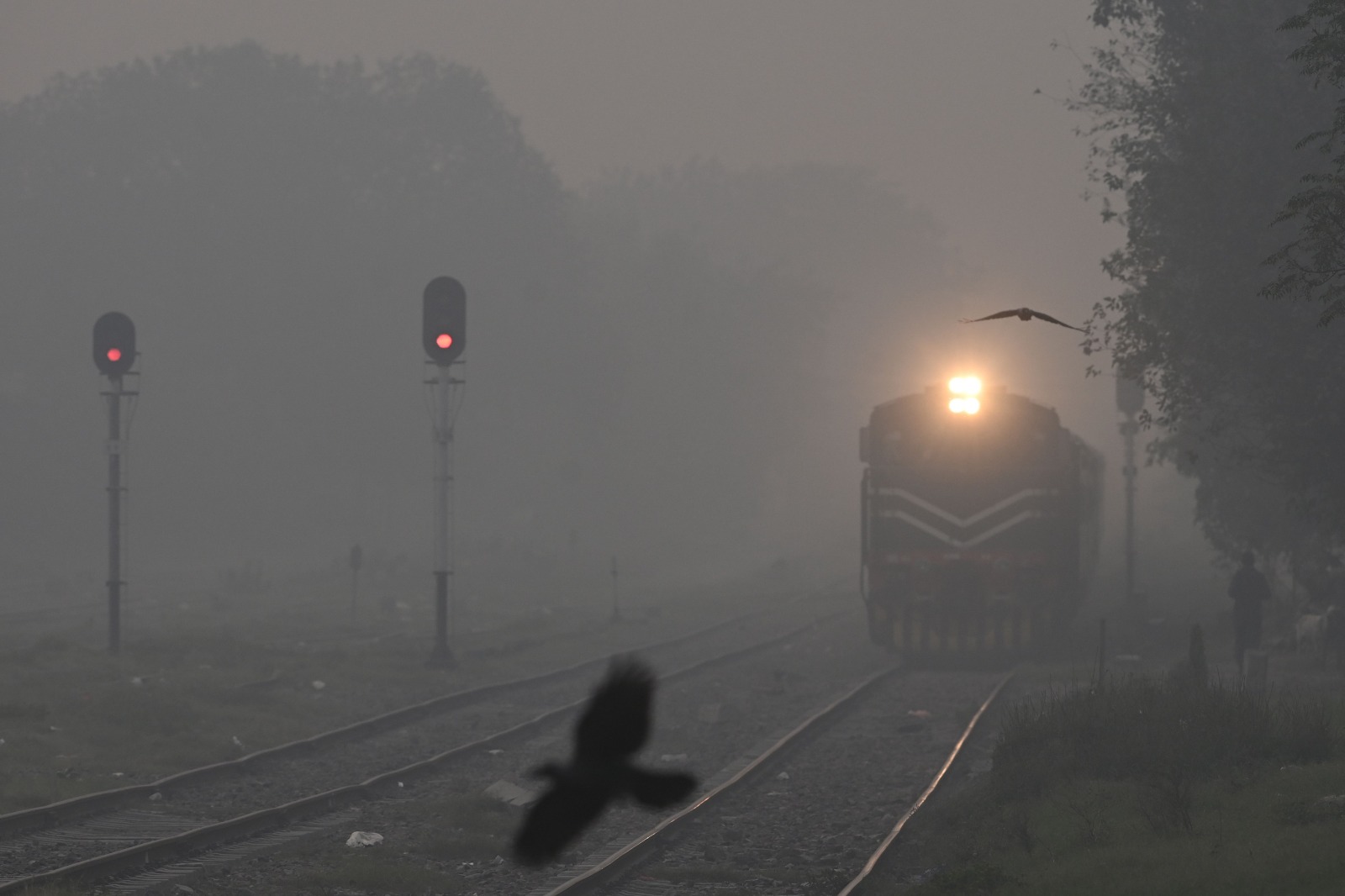LAHORE: A thick blanket of smog has once again engulfed Lahore, pushing the provincial capital into a public health crisis as the Air Quality Index (AQI) soared to 603 on Thursday, more than double the level considered “hazardous.”
Visibility dropped sharply while hospitals reported a surge in patients experiencing respiratory distress, particularly children and the elderly.
The recurring smog is being fueled by vehicle emissions, factory smoke, construction dust, and crop-residue burning across Punjab’s agricultural belt.
The situation recalls the severe pollution spikes of last winter, when Lahore briefly recorded some of the worst air quality readings globally.
Doctors warn the city’s air has effectively become “poisonous.”
“The ongoing season of smog is more risky for children and senior citizens, as the highest numbers of patients at hospitals are from these age groups,” said a doctor at the ER of a Lahore hospital. “People should take extra care of their kids in the prevailing smog; the government is requested to at least close schools to protect the kids.”
Common symptoms reported include asthma attacks, throat irritation, coughing, and aggravated heart conditions. Many residents are self-medicating or seeking treatment at small clinics to avoid overcrowded public hospitals.
The Punjab Health Department has categorized the major smog-related illnesses as asthma, acute upper respiratory infections, ischemic heart disease, stroke, and conjunctivitis.
According to department data obtained by Pakistan TV Digital, 690,530 cases of these illnesses have been reported across Punjab so far in October, down from 842,520 cases in September.
Dr. Moiz Mansoor, Director at the Punjab Health Department, credited the decline to “heavier rainfall, reduced stubble burning, and proactive mitigation measures” undertaken by the provincial administration. “The establishment of smog centers at public health facilities is a key step to track smog-related diseases,” he said.
In response, the Punjab government has escalated its anti-smog campaign. Provincial Minister Bilal Yasin said that daily washing of trees and roadside greenery is underway to help settle dust, while plantation drives and the development of greenbelts along major roads are being accelerated.
The Environment Protection Agency (EPA) is deploying anti-smog guns in pollution hotspots to reduce particulate concentrations.
Local Government Minister Zeeshan Rafique has directed waste-management companies to clear roadside dust and conduct multiple rounds of water spraying in high-traffic zones in Lahore and other major cities.
Authorities have also instructed vigilance against illegal waste and crop burning, with WASA teams conducting water sprinkling at construction sites to curb dust.
Health professionals urge residents to take precautionary measures, including wearing protective masks, limiting outdoor activities, improving nutrition, staying hydrated, and keeping homes sealed from outside air. Parents are specifically advised to keep children indoors during early morning and evening hours when smog tends to thicken.
As the haze lingers, frustration grows among residents hoping for rainfall to bring temporary relief.
“Only rain can wash the sky clean,” said a resident outside a pharmacy, holding cough syrup and eye drops.
Until then, Lahore continues to struggle under a toxic sky, its hospitals strained and its people bracing for a long smog season ahead.
.jpg)
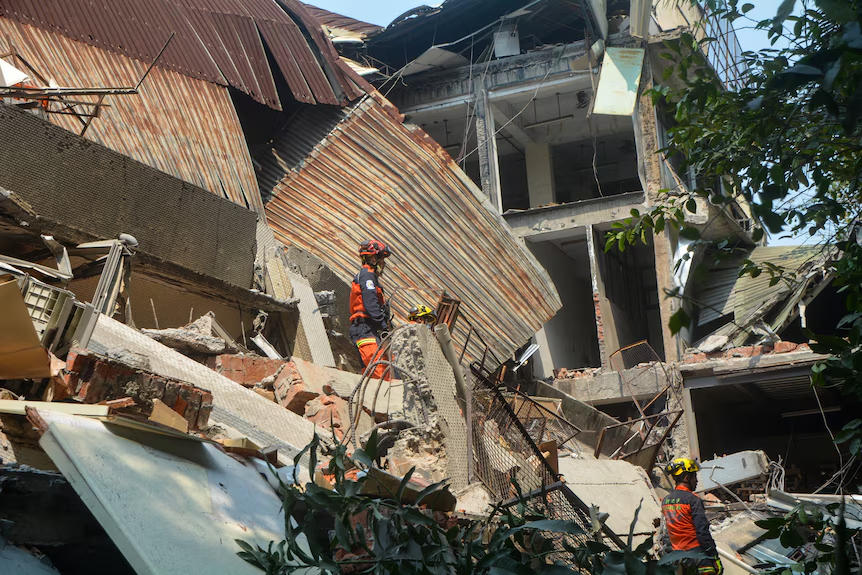

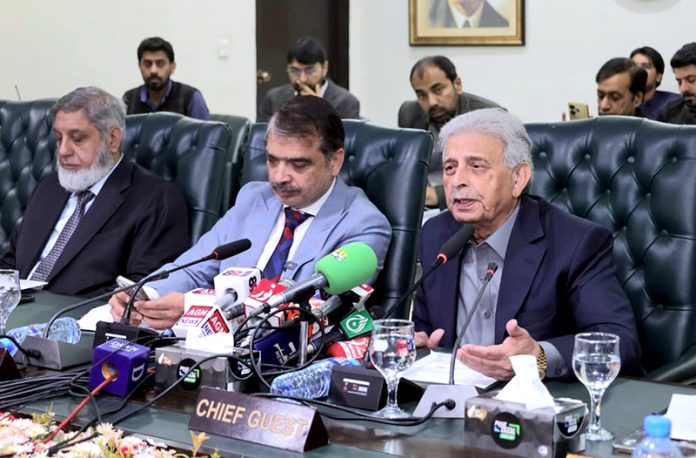
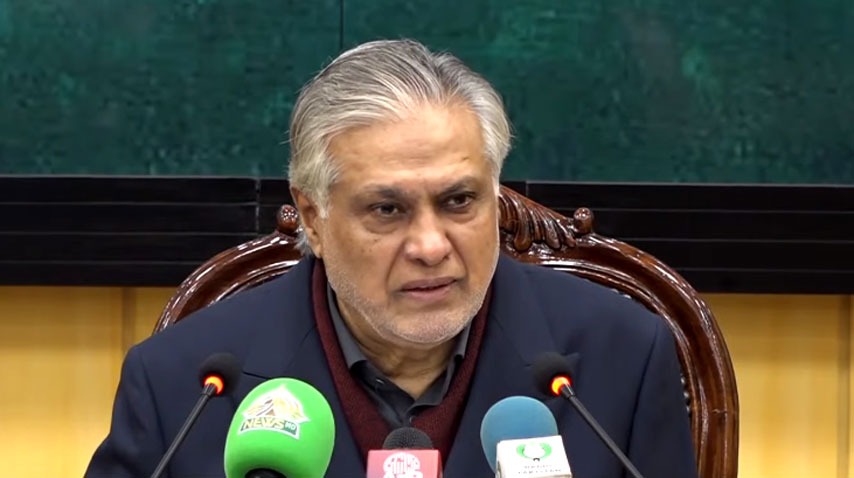
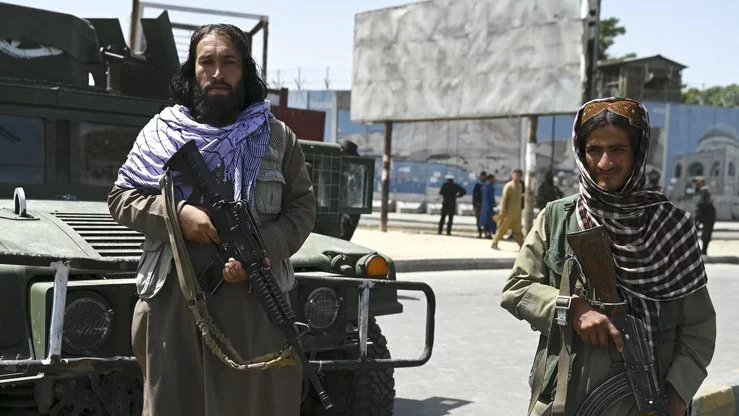
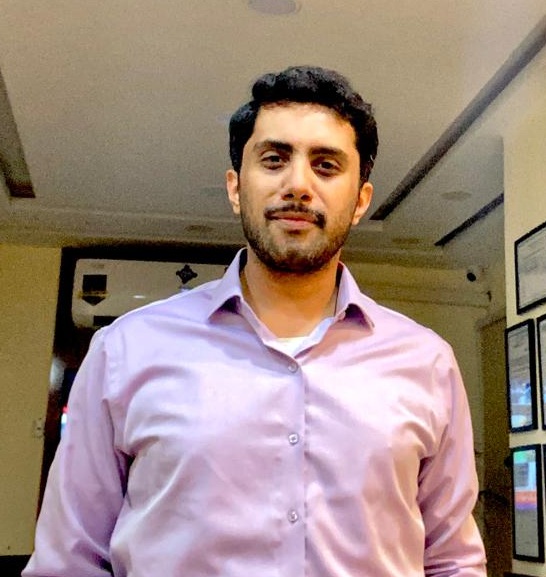
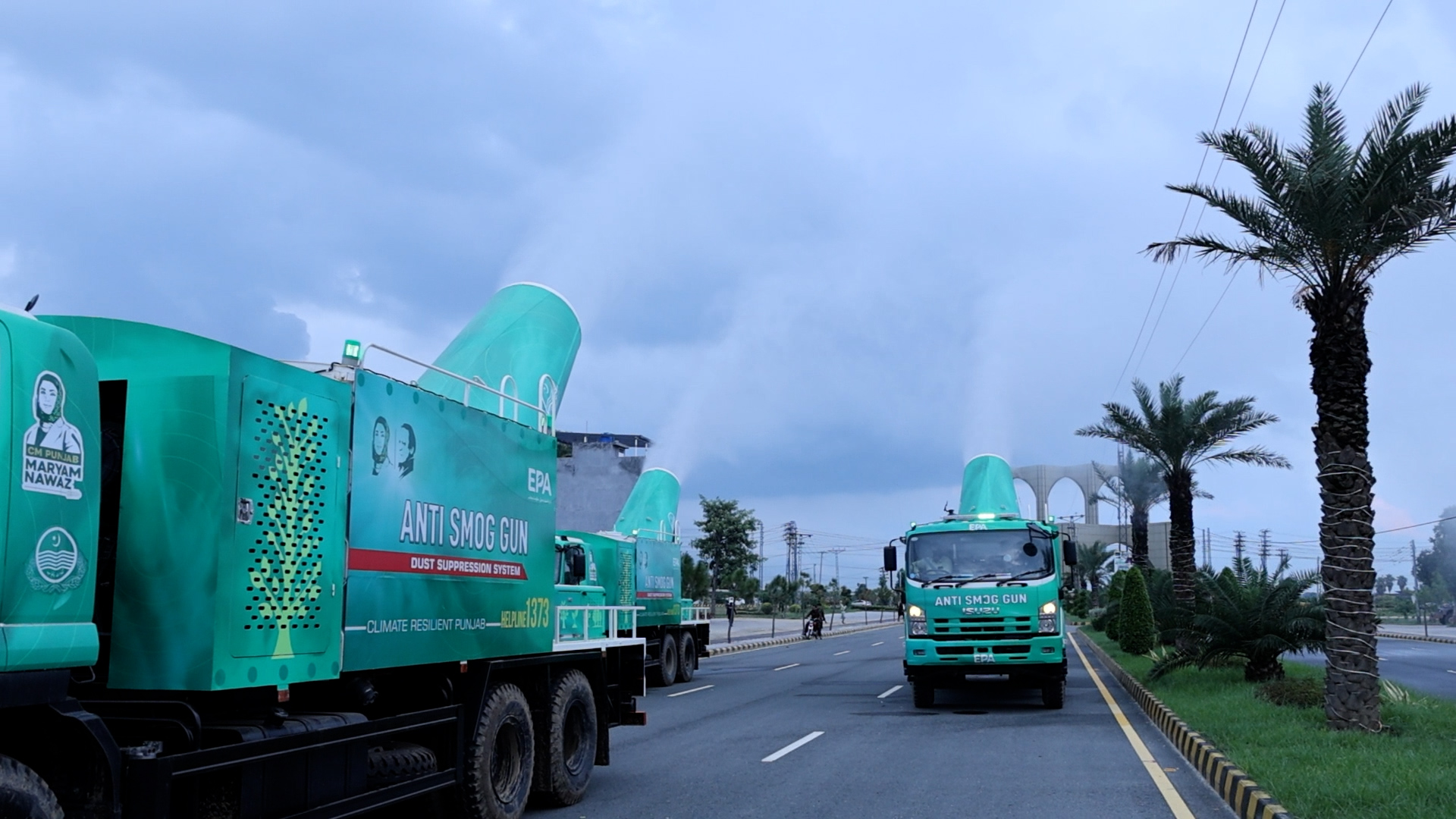
.jpg)
.jpg)
